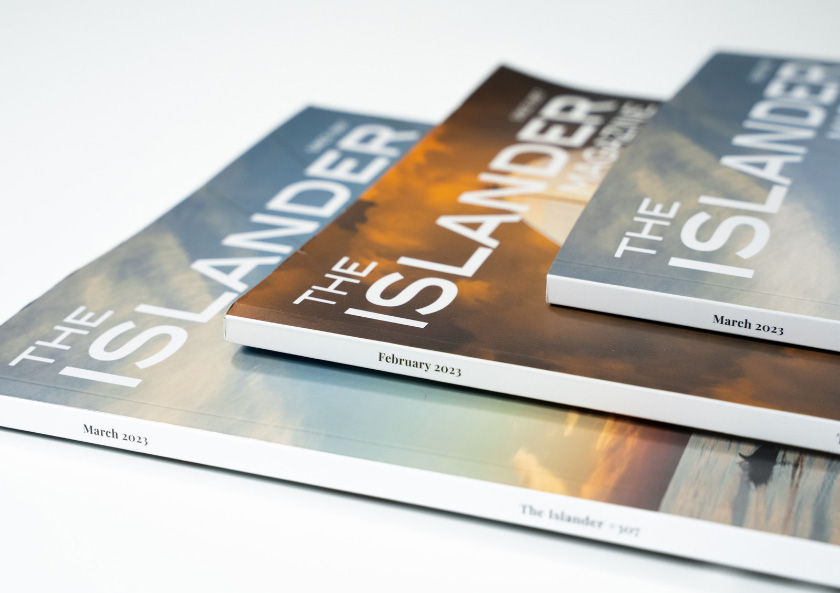To bin or not to bin? That is the question

Andrew Azzopardi, General Manager No12 Fine Wines and Provisions (www.no12wines.com)
Last week I received a question on how to tell whether some particular wines on board are still drinkable or should be thrown away. It’s not the first time I’ve been asked this question, so I thought this would be a fantastic topic to discuss in my next article.
‘I’ve recently joined a new boat without much handover from the previous stewardess. The boat is loaded with a huge stock of wine some of which are old. How do I know whether they are still drinkable or not?’
Hannah Chief Stewardess on board a 35M MY
Hannah’s concerns are totally understandable, and it is in fact quite a challenge to decide whether to bin the wine or not. In reality, you can only be 100% sure whether a bottle of wine is good or bad by tasting it. Furthermore, what may be bad to one person, may in fact be delightful to the next. However, as much as we’d love to open and taste each wine before serving, it is often not possible.
Thankfully, there are certain criteria and indications found on the bottle that suggest the wine is off.
I would start by separating the wines into three separate groups:
Group1: You are confident that these wines are perfectly drinkable. This can go straight back in the wine cooler…. you do have a wine cooler, right? Let’s assume you do.
Group 2: These are the wines that are surely bad. These include previously opened bottles or bottles of wines you are sure cannot be drunk, such as that 10-year-old bottle of Pinot Grigio.
Group 3: These are the wines, you are unsure of. Let’s call this group the ‘interesting group’. They may be totally off, simply past their best (which could be perfectly fine for some people) or absolutely amazing and would have been a sin to have thrown away.
Below are some general rules to go by when deciding which group, the wine belongs to.
Rose Wines
Rose wines are meant to be drunk early, often within the first year or two of purchase. Therefore, most rose wines older than 2 years usually lose the required freshness and fruitiness and are said to be past their best. However, the more premium rose’s such as Minuty ‘cuvee 281’ or the Chateau D’Esclans ‘Garrus’ and ‘Les Clans’ can often be enjoyed 3 or even 4 years after production (the vintage year shown on the bottle), always assuming storage conditions were good.
Champagne and Sparkling wines
Non-vintage sparkling wines are one of the trickiest of the whole lot, because it is impossible to know when they were released from producers. Assuming your wine provisioner had stored the wine for a relatively short time, the best way to approach these non-vintage wines is to check the dates of purchase. Non-Vintage Champagnes and Cava should preferably be consumed young, within 3-4 years from purchase, whereas non-vintage prosecco should be drunk even earlier, up to 2 or 3 years.
On the other hand, vintage champagne can be kept for up to 10 or even 20 years for fantastic vintages. I suggest keeping all your vintage Champagnes, even if older than that, since they may even have been intended to drink when mature. The very mature Champagnes often lose the fruit flavours and vivacity of the wine but can still be drinkable.
Vintage Cava and Prosecco (by vintage we mean they usually have a year on the bottle), can often age more their non-vintage cousins and if they are produced in the Méthode Champenoise, can hold their sparkle for several years, but often less then Champagnes. A general rule of thumb wold be to go by price, where the more expensive the vintage sparkling wine is the longer it can keep.
White & red still Wines
White wines are notoriously known to be drunk within the first year of purchase, but this is not always the case.
Similar to rose, I would recommend consuming the easy drinking, entry level wines such as your basic Pinot Grigio within 1 or 2 years of purchase. Conversely, more complex white wines can keep for a few years before having to throw out. The more mature wines are not enjoyed by everyone, but it is wrong to assume that the 4-year-old Chablis premier cru at the back of the shelf is past its best.
The hard bit is to decipher which of the white wines are still fine. Premium Chardonnay wines including burgundy whites are fantastic to keep for the long haul – sometimes even up to 15 or 20 years, whereas the lighter and fruitier Sauvignon Blanc is meant to be drunk within a year or two. As a rule, oak aged wines can usually last longer then unoaked, fruitier style wines and the more premium the wines are, the your safer they remain to keep.
In similar fashion to the white wines, easy drinking entry -level red wines are not the best candidates to keep for the long haul, whereas the more premium wines can withstand longer ageing. Again, the rule of thumb falls down to the level of the wine – If it is Premium, then it may well be fine, and I would not risk throwing it away.
Though Premium and super-premium red wines such as Bordeaux, Burgundy, super Tuscan or Californian Cabernets can often age 20 or even 30 years, these wines become more fragile as the years pile on. Unless they are stored in optimum conditions with minimal vibration and temperature fluctuations, I recommend serving wines older than 10 or 15 years of maturity during the upcoming season – Many a time, a yacht is not the ideal place to store your favourite wines for the long term. Some provisioners offer storage space for a small fee, which I believe will serve the wine well in the long run.
Sweet and fortified wines
In general, sweet and fortified wines can last much longer than dry wines and often even improve with age. These wines can usually be put straight back into the wine cellar with a certain amount of confidence.
The next step to determining whether the wine is still drinkable would be to individually analyse each bottle of wine for exterior signs of damage or faults.
Cork: if the corks seems to be pushed up or bulging through the capsule, the chances are the wine is ‘cooked’ or was stored incorrectly. This is a pretty sure indication that the wine is off.
Level of wine: The level of the wine in the bottle is another good indicator that the wine may have been oxidized. Young wines should have the wine level all the way up the neck. The more mature the wine, the more likely that some wine may have evaporated, and level of wine reduces. There is no hard and fast rule, but if a 5 or 10-year-old wine has the wine level down to mid-shoulder (top of the curvature of the bottle or lower) this is a sure indication that oxygen has seeped in and the wine is faulty.
Hopefully at the end of the selection process you are now left with a few wines, that you are unsure whether to serve to your guests or not. You can either ask a wine expert or your trusted wine provisioner to help you out, or you can do your own research using professional websites such as www.winesearcher.com , however bear in mind that on the more premium wines, these websites can often indicate a life expectancy less than the potential.
My final and preferred suggestion would be to have fun with these wines – always with the owner’s permission of course.
Lastly, I recommend that before opening any one of these wines at the table, it may be good to explain that due to the age of the wine, the risks have increased, but you feel it may still be perfectly drinkable and would be a waste not to open it. If you are confident in your palate, you may taste the wine yourself before serving, or let the owner make the decision. If the wine is good, you’ve just made the meal a tad more interesting, but if the wine is bad you will simply uncover the alternative wine you’ve been hiding behind the station, change the glass, and continue where you left off.















0 Comments